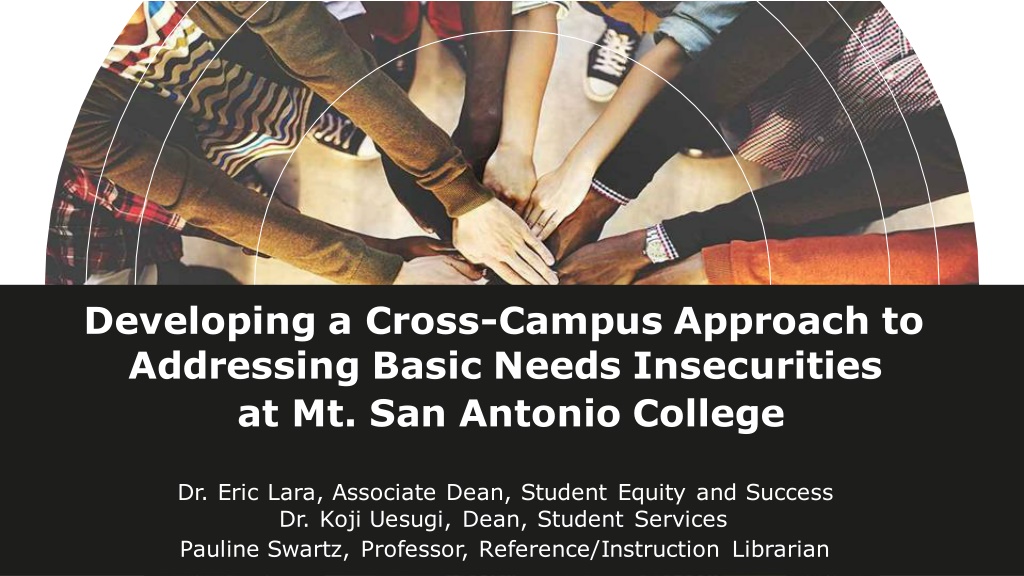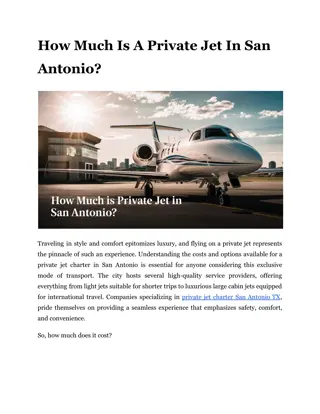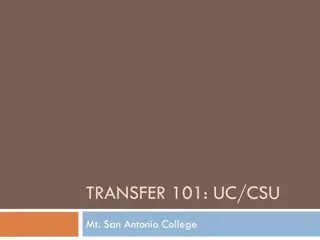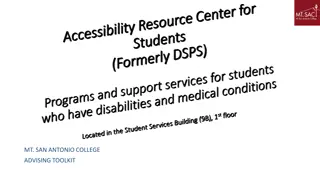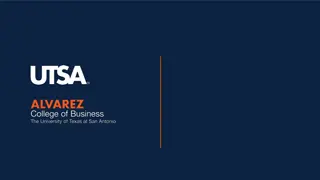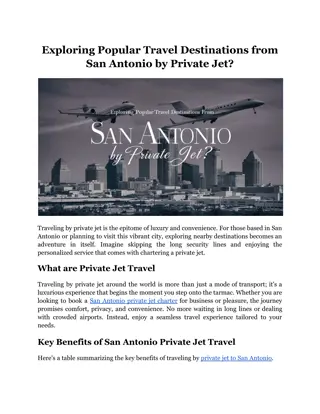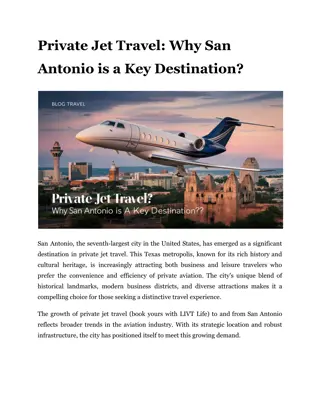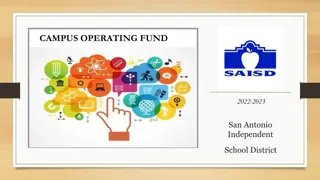Addressing Basic Needs Insecurities at Mt. San Antonio College
Developing a cross-campus approach to address basic needs insecurities at Mt. San Antonio College is crucial for student success. The initiative aims to understand the problem of food and housing insecurities, implement solutions like CalFresh and food pantries, and generate collaborative ideas. Studies show the significant impact of basic needs insecurities on student well-being and academic performance.
Download Presentation

Please find below an Image/Link to download the presentation.
The content on the website is provided AS IS for your information and personal use only. It may not be sold, licensed, or shared on other websites without obtaining consent from the author. Download presentation by click this link. If you encounter any issues during the download, it is possible that the publisher has removed the file from their server.
E N D
Presentation Transcript
Developing a Cross-Campus Approach to Addressing Basic Needs Insecurities at Mt. San Antonio College Dr. Eric Lara, Associate Dean, Student Equity and Success Dr. Koji Uesugi, Dean, Student Services Pauline Swartz, Professor, Reference/Instruction Librarian
Todays Goals 1. Understand the Problem: Basic Needs Insecurities Findings from recent studies | Impact on student success 2. Share Ways We Are Addressing the Problem CalFresh | Mountie Fresh Day |MonthlyFood Pantry | Food Vouchers | Gas Cards | Housing Referrals 3. Generate Ideas to Address the Problem & Collaborate Brainstorming and Discussion
the two-way BREAKINGNEWSFROMNPR AMERICA Hunger And Homelessness Are Widespread Among College Students, Study Finds f l Apr 3. 2018 8 48 PH ET VANESSA ROMO
Definitions Food Insecurity "Is the limited adequateand safe foods a sociallyacceptable manner. uncertainavailability of , or the ability to acquire such foodsin nutritionall y or Housing Insecurity "A broad set of challenges such as the inabilityto pay rent or utilitie s or the needto move frequently. Homelessness "Means that a person is a an shelter, without a place to live, often residingin automobile, an abandonedbuilding or . outside From Wisconsin HOPE Lab s Still Hungry and Homeless in College
Food & Housing Survey Results Food Insecure Housing Insecure Homeless National HOPE Lab (43,000 responses. Table reflects approx. 23,000 community college students.) 42% 46% 12% LACCD HOPE Lab (5,925 responses) 68% 55% 19% Mt. SAC (552 responses) 30% * 18% *Housing insecurity was not asked of students for the Mt. SAC survey.
6% Thrown out of their homes 21% Felt unsafe where I was living 33% Had difficulty paying the rent/mortgage 40% A conflict or problem with someone I lived with 58% I was in another difficult situation Common Causes of Homelessness (HOPE Lab, 2018)
Basic needs insecurities have been found to... ...lead to greater levels of stress, anxiety, unhealthy eating patterns, and a greater risk of chronic illness inhibit students sense of belonging, leading to more unwelcoming experiences with faculty Increase students intention to drop out of college impede their confidence in their abilities [and] their perceptions of the importance of their academic pursuits Be correlated with lower grades in college Still Hungry and Homeless in College (2018), Five Critical Facts about Men of Color and Food Insecurity in Community Colleges (2016), Struggling to Survive, Striving to Succeed (2016)
Worked more often & later shifts Spent more time taking care of children and other family members Spent more time commuting Spent less time sleeping & on leisure activities Spent similar time as other students attending class and doing homework Students Experiencing Basic Needs Challenges & Commitment to School, HOPE Lab, 2018
How can you recognize when students are experiencing basic needs insecurities? How do you assist them?
Mt. SACs Response o Student Equity funds various projects on campus that addresses basic needs insecurities o Homelessness & Basic Resources Committee was launched in fall 2017
CalFresh & Monthly Food Pantry CalFresh is a federally funded nutrition assistance program providing students with funds for fresh food! Electronic Benefits Transfer (EBT) cards to access CalFresh funds are accepted at groceries stores, many farmers markets, Trader Joe s, etc. The Mountie Fresh Food Pantry takes place once a month at the Student Life Center Patio (9C).
We Need Your Ideas! Do this first: In groups, brainstorm resources that can help students with challenges related to food & housing insecurities. Do this second: Pick your top 5-6 ideas. Then think about how students would access those resources. A hub? Think about this: (adding more is ok a) What could students get there? (Goods? Services? Information? Something else?) b) How would students feel when they re there? c) How could people from all over campus be involved? d) What support would be needed to make it successful? Don t forget to do this: Write your ideas! We need your help & expertise. Thanks! )
What can we do? as individual faculty? with our departments? throughout campus?
Thank You! Got follow up questions/ideas? Contact us! Dr. Eric Lara, Associate Dean, Student Equity and Success Dr. Koji Uesugi, Dean, Student Services Pauline Swartz, Professor, Reference/Instruction Librarian
